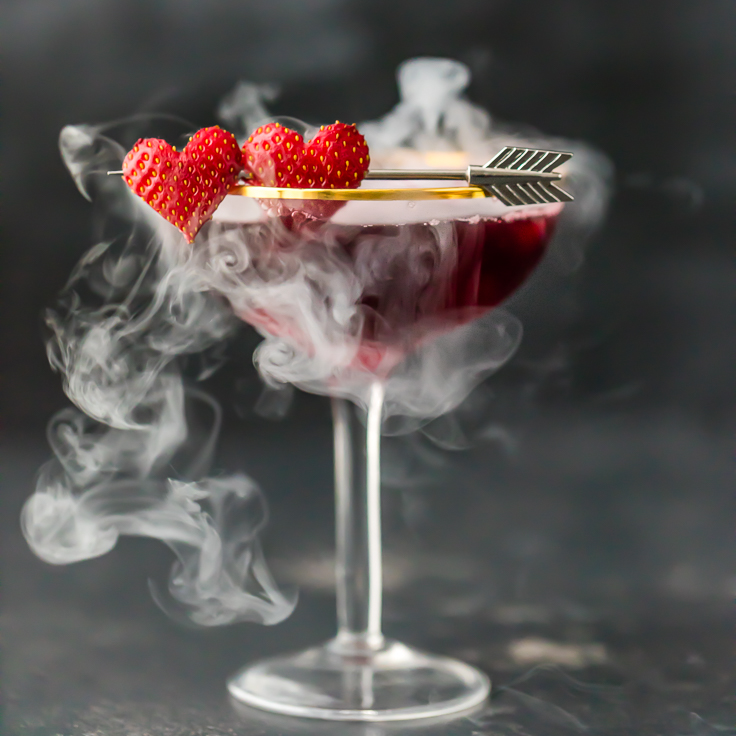My Favorite and My Not-So-Favorite Point-of-View.
How does an author choose a point of view for his/her story?
I promise to only skim the surface of our high school creative writing class :)
Omniscient, 3rd person, or 1st Person, What are the advantages and disadvantages?
Reading:
The omniscient POV allows you to enter the heads of multiple characters, but you will act more as an observer than a reporter.
As a child (and even today), I enjoyed reading the Greek myths and Homer (author of the Iliad and the Odyssey)
The Odyssey is uniquely structured, with the narration split between a third-person omniscient narrator and a first-person narrative by Odysseus himself. The omniscient point of view is present in excerpts at each chapter's beginning.
In terms of gods, the Greek pantheon consists of 12 deities who were said to reside at Mount Olympus: Zeus, Hera, Aphrodite, Apollo, Ares, Artemis, Athena, Demeter, Dionysus, Hephaestus, Hermes, and Poseidon.
Writing:
While I might consider this point of view in a noir-type crime story (short story or novella), I do not believe it would be widely accepted in a contemporary story.
Reading:
First Person POV
In first-person narration, the narrator is a character in the story, telling it from their own perspective. The narration typically employs the pronouns I (or we, if the narrator speaks as part of a group).
Writing:
I write in the first person when writing Young Adult contemporary and Young Adult historical novels.
I remain in the main character's point of view. At the beginning of each chapter, I may insert information using a quote, historical fact, etc. I also include an Epilogue.
Reading:
3rd Person POV
In the third-person point of view, the author narrates a story about the characters, referring to them by name or using the third-person pronouns "he," "she," and "they." The other points of view in writing are first person and second person.
Writing:
3rd Person POV
My contemporary novels, excluding young adult fiction, are written in the third person. While I may change point of view (POV), I strive not to head-hop.
First and foremost, this mode of storytelling comes most naturally to me when writing a romance. The third-person narrative is as old as time.
Third-person subjective:
From this perspective, you can enter the characters' thoughts and viewpoints. It goes beyond narrating the character's thoughts by telling the reader "she thought" or "he wondered." It lets you really be in their head the way first-person POV does.
My excerpts from "Gumbo Ya Ya," An anthology for women who like their romance Cajun Style!
(Opening Teasers from my anthology)
Marrying Off Murphy
Settling into his office chair, Professor Murphy Flynn glanced at the faxed copy of the OP News. "I Want to Get Married!" the headline shouted. He upended his coffee mug when he realized the grainy photograph was of him, sending the liquid perilously close to a six-inch stack of upgraded papers.
He snagged the papers with one hand, using the other to dab at the puddle with his tie. His gaze locked on the name of the submission's editor: Sylvie Dupree. The memories hit him hard and fast, leaving Murphy to feel like he'd taken a direct blow to his solar plexus.
Love Potion No. 9
"Don't shake your finger at me, Simone Basso. I know what I'm doing," Persia Richmond said, holding a pipette to fill a crystal half-ounce atomizer with perfume. The top notes of peach blossoms, bergamot, and mid-notes of gardenia, honey, and tuberose tanalized. Meanwhile, the tuberose, the most carnal of the floral notes and the high-ticket natural essence for her fragrance compound, merged with peony and orange blossom to temper the intoxication properties. The base notes linger, while a hint of something unnamed and mysterious beguiled and skimmed across the narrow processing room, saturating her senses.
A Slice of Scandal
"Hey, now, 'dis key lime pie's like de one I serve at my restaurant. Simple to make and good to eat! Key limes perk up de mouth and makes you happy."
Producer/Director Julia Kincade focused on her monitor and adjusted the mic on her headset. "Camera One, tighten that headshot." She watched as the camera feathered over the chef to capture the best angle. The camera should have loved Franklin. His height was average, his black hair was short and curly, and his skin took on a polished bronze color under the harsh camera lights, but the camera didn't like Franklin.
1-800-FORTUNE
The moon was full and huge in the sky, a brilliant iridescent orb that stared down at the earth. Enza allowed the energy to feather over her as she removed the silk cloth protecting her Tarot cards.
The tarot deck has seventy-eight cards, four suits of fourteen cards each, Swords, Cups, Wands, and Pentacles, and twenty-two cards called the major arcane—the big mysteries.
Enza's mother told her she would learn to associate cards with people. She knew this was true. Because through her travels, she had met them all...
I hope you've enjoyed this month's post 😀.
All of my novels are available on the BWL site.
or:
Amazon: https//www.amazon.com search: ConnieVines
Barnes and Noble Book Seller: https//www.barnesandnoble.com
Apple Book Store: https://books.apple.com
Or via links on my website: https//www.connievines-author.com
Follow me:
Facebook: Connie Vines, Author and Author Connie Vines
Instagram: connievines_author
Twitter: @connie_vines
Threads: connievines_author
Substack: connievines.substack.com
Happy Reading,
Connie
XOXO

.jpg)






.jpg)
.png)









































